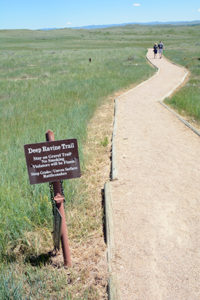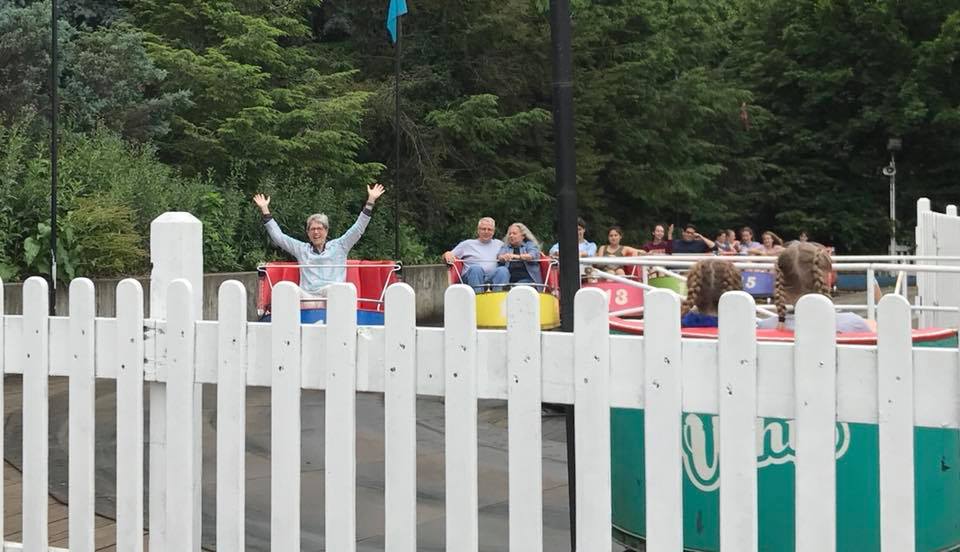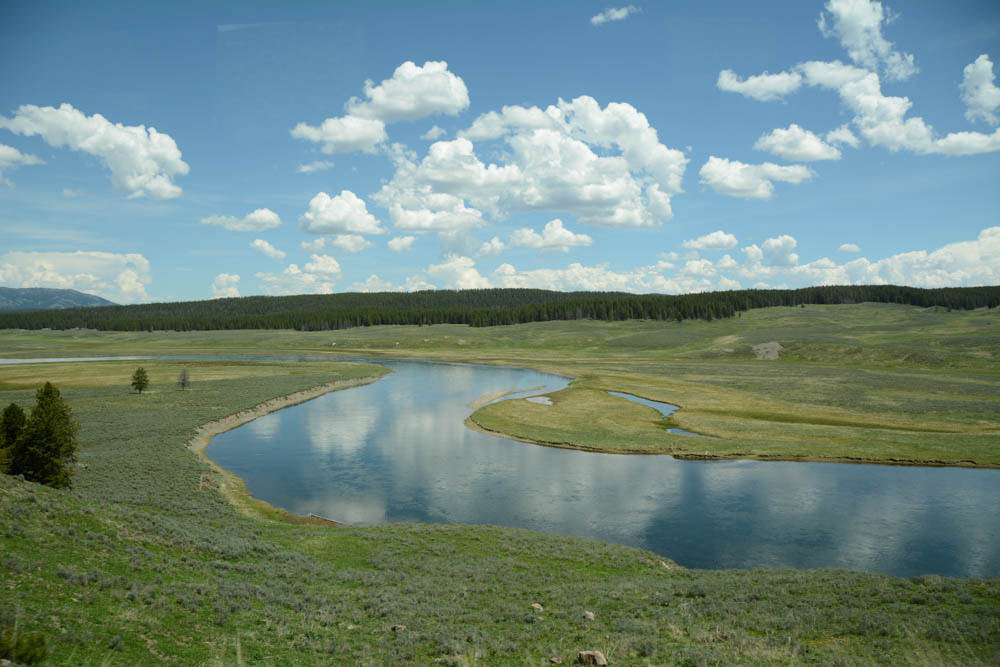Sunday, June 5, 2016 – Billings, Montana
Probably no other scene of American history is more embedded in my psyche than Custer’s Last Stand. It’s a mythic story that has intrigued me since I read a children’s biography of George Armstrong Custer – no doubt a sanitized version of his life and what actually happened on June 25, 1876.
Over the decades, my knowledge of the Battle of Little Big Horn has grown and evolved as I read more about the conquest of the Native Americans and different accounts of what led to and happened on that day.
Today, at age 60, I finally trudged to the top of that hill on a brilliantly sunny day and could visualize what Crazy Horse and his 1,000 mounted warriors saw below them: a scattered, desperate band of cavalry clawing their way up the hill, shooting their horses so they could use them as breastworks, led to their end by an egomaniacal but fearless commander who, according to Sitting Bull, died with a laugh.
We chose this particular Caravan tour because it stopped at Little Big Horn Battlefield National Monument when many of the other tour companies did not. We left Rapid City this morning, exited Interstate 90 to see Devil’s Tower of “Close Encounters” fame, and stopped briefly for lunch at the Sheridan Inn, once owned by Buffalo Bill Cody, in Sheridan, Wyoming.
We saw cattle, pronghorn antelope, deer and prairie dogs in a limitless landscape of rolling hills, buttes and the snow-capped Big Horn Mountains in the distance. Our tour director, Jeffrey, talks quite a bit – which seems to annoy some on the bus. But I came to watch and learn, so I kept one eye on the countryside and one on him.
I know people travel for all different reasons. One of my goals is to relearn American history, or in some cases unlearn what I was taught in school all those decades ago.
The Battle of the Little Big Horn is a perfect example of how we can expand and enrich what we thought we knew of history by viewing it from all perspectives. The simplistic version, of blameless soldiers being massacred by savages, is long gone. The battlefield was renamed from Custer Battlefield National Monument in 1991. Red granite markers now commemorate where Native American warriors fell, and a memorial has been built to honor the combined Lakota, Arapaho and Cheyenne people who were defending their way of life.
It’s not about being “politically correct.” To understand the battle in the entirety of its context, including the motivations of those who participated in it, is to seek the truth and learn from it.
Tomorrow: Yellowstone National Park
| [AFG_gallery id=’2′] |








No Comments